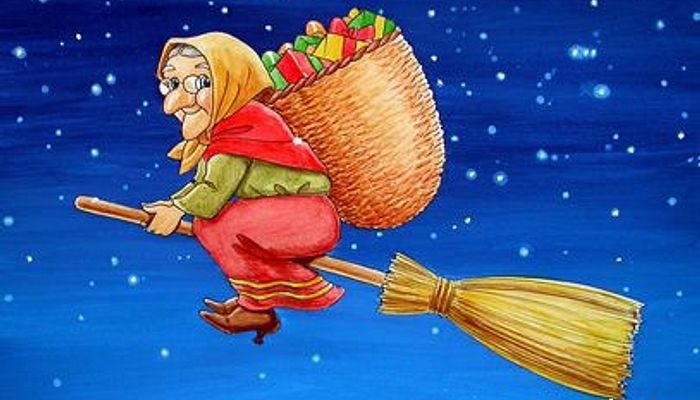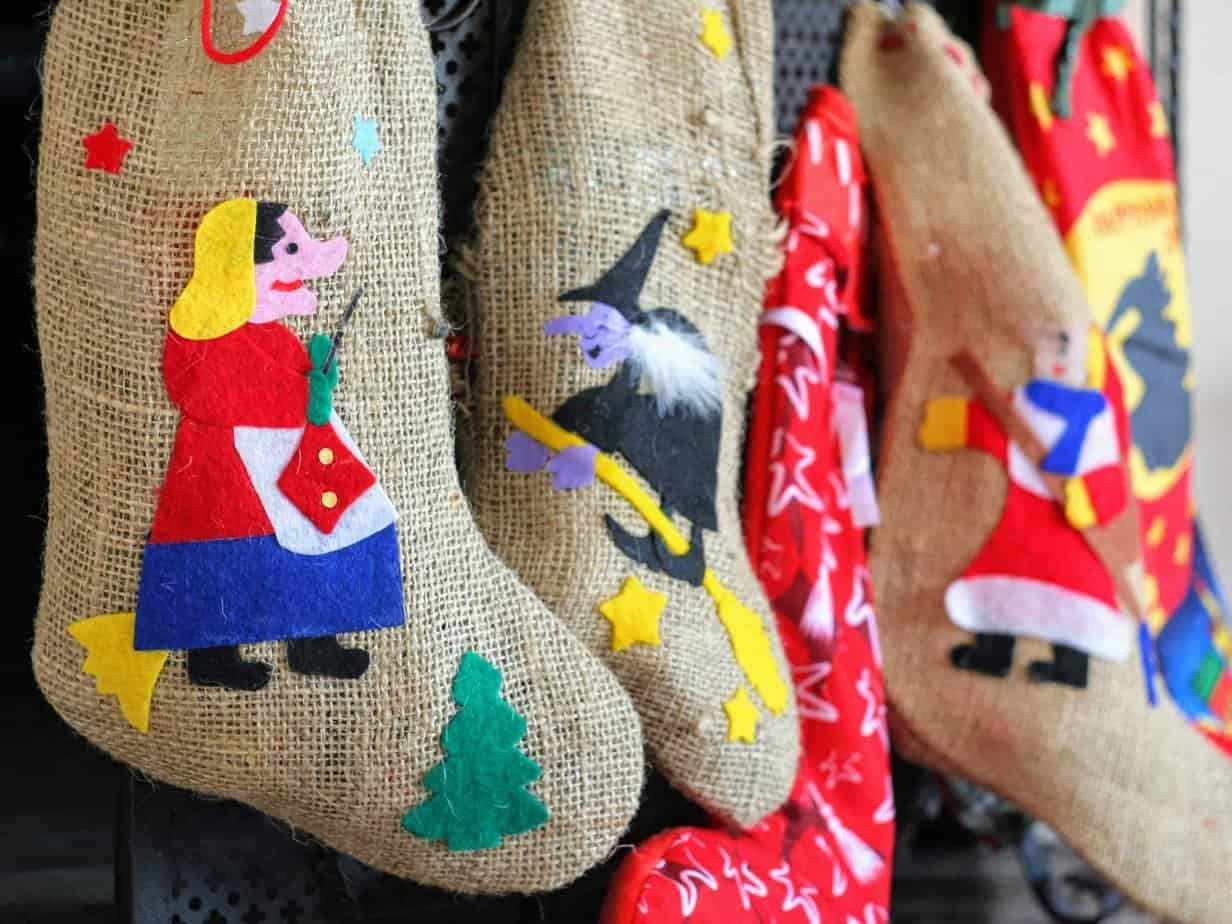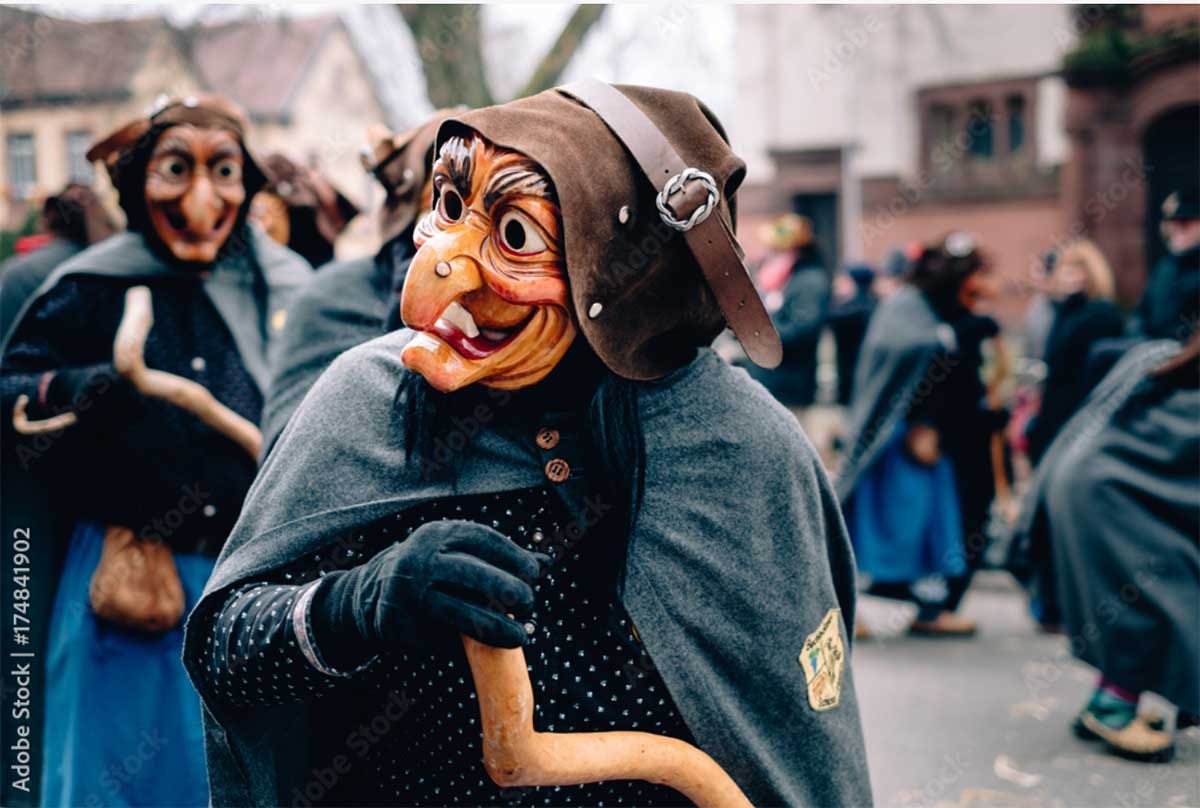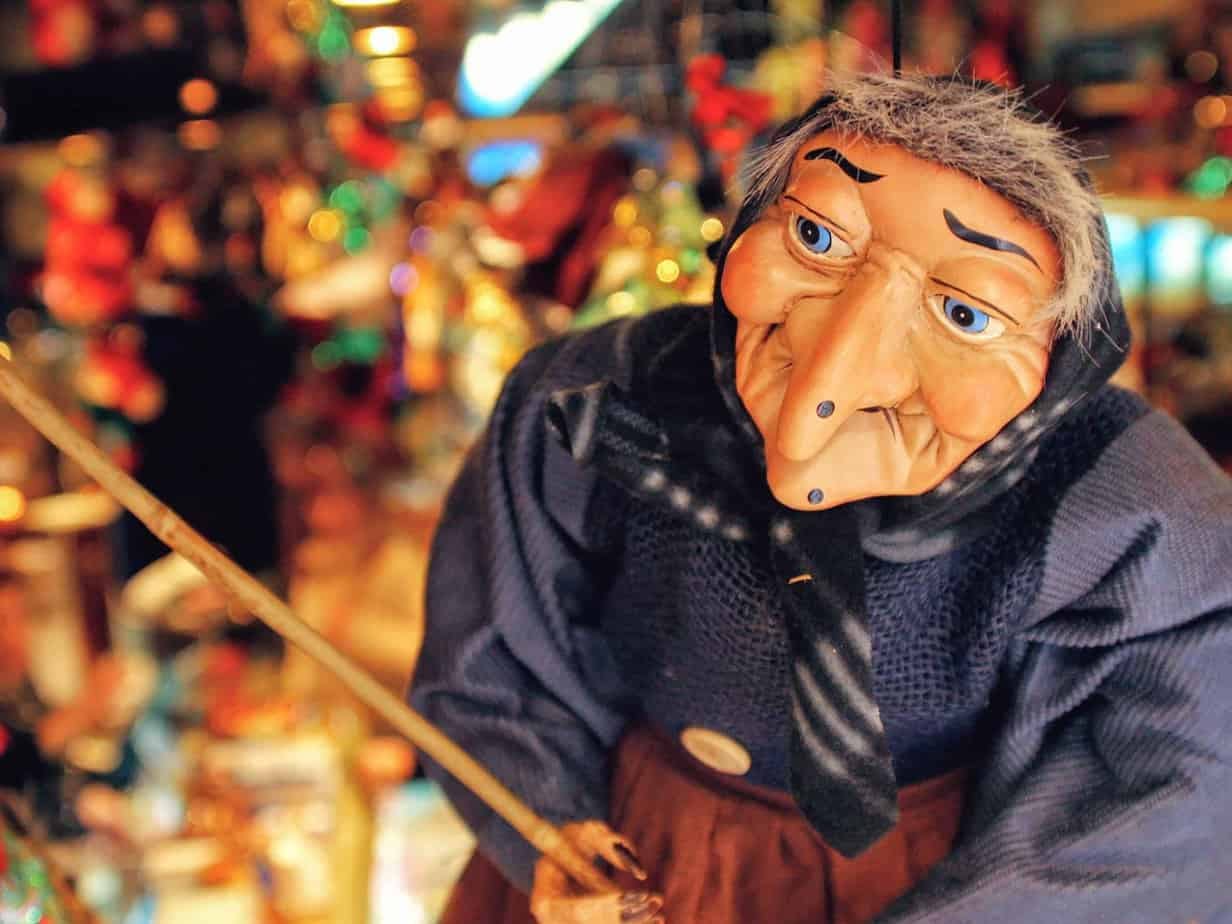Everyone knows that on the night before Christmas, Santa brings gifts to all good girls and boys.
But Santa isn’t the only one bearing gifts.
In the Christian nativity story, on the night that Jesus is born, three kings from the East saw a particularly bright star in the sky and believed it signified the birth of the prophesied “King of Kings”. So they jumped on their camels and followed it to find the baby Jesus, where they would then present him with gifts. You’d be hard-pressed to find a nativity scene that doesn’t show these three men at the manger.
Unless you grew up in my house.
When I was a kid, the Wise Men and their camels were lined up against an opposite wall, far from our creche under the tree. Beginning on Christmas, my father would move them slowly across the room. It would be twelve days before they reached the Christ Child. Twelve days to January 6, the Feast of the Epiphany.
This is why many people in Latin American and European countries give gifts on January 6 and not on December 25.
** As a side note, we now know the three men were likely astronomers, men who looked to the stars for divinations and signs, essentially ancient astrologists. The “East” where they came from, was Babylon, which is 900 miles from Jerusalem. Traveling on camels and stopping to meet King Herod, their journey took many months and maybe even up to two years. When they reached Jerusalem, Mary and Joseph and Jesus were no longer there – they had moved on to Nazareth. Additionally, Jesus was likely born in the spring so by the time the three men arrived, he was more of a toddler or child than a baby. **
But the point, you see, is the gifts. Epiphany is a day of joy and gift giving.
In Italy, Epiphany is an official public holiday, as is Christmas. And in Italy on Epiphany, La Befana steals the show.
La Befana is an old woman, often referred to as a witch, much as the three astronomers are referred to as wise. She is visited by the three men on their way to bring gifts to Jesus. (Like I said, it was a long journey. King Herod wasn’t their only stop.) They invited her to come with them but she was distracted by housework and declined. After they left, she regretted her choice, filled a bag with toys and set out to follow the men. Unable to find them or the child Jesus, she gave the toys to other children.
La Befana is the benevolent female counterpart to Old Saint Nick. Children hang empty stockings on the eve of January 6. La Befana flies over houses, goes down chimneys, and fills the stockings with treats for all the good children. (Bad children get garlic or coal.)
Just as there are many possible origins for Santa, so are there for La Befana, as this tradition has been celebrated in Italy for centuries in varying forms. One possibility is that she descended from Strenia, the Roman goddess of the new year, purification, and well-being. (Strega is the Italian word for witch.) There is also the Ancient Roman belief that female deities flew over the cultivated fields on January 6th to boost the soil’s fertility and increase crops. Additionally, Befana appears to come from the Greek word Epiphany.
The point here is that Christmas doesn’t end on December 25th. The magic of the season continues through Epiphany.
Whether you celebrate Santa, Jesus, the Magi, or La Befana, January 6th is a great day to celebrate. Because wondrous stories, witches, benevolent kings, presents, and miracles all bring out the child in us. And we all need our child to help us find our way home.






I live in Spain so today is just like Christmas or even more important. The 3 Kings' procession takes place in every city, big or small, and the Kings arrive here from the sea, land, or air, depending on the city's geographical location. It's a beautiful tradition! :)
Love this, Jan! Thank you!